Rock Stone Classification and Stone Hardness
The hardness of stone is measured by Mohs hardness as a unit of calculation, Mohs hardness in the 6~7 (F=14~20) are hard stone, such as Quartzite and Granite; Mohs hardness between 3 to 5 (F=8~14) belong to the medium-hard stone, such as Marble; Mohs hardness in 1~2 (F=2~6) are soft stone, such as limestone and dolomite etc.
Varieties of stone, rock, gravel or earth, used primarily by architects or interior designers as a building material in the construction of buildings and structures.
Quartzitic Sandstone (sometimes known as arenite) is a clastic sedimentary rock composed mainly of sand-sized minerals or rock grains.
Most sandstone is composed of quartz or feldspar because these are the most common minerals in the Earth’s crust. Like sand, sandstone may be any color, but the most common colors are tan, brown, yellow, red, grey, pink, white, and black. Since sandstone beds often form highly visible cliffs and other topographic features, certain colors of sandstone have been strongly identified with certain regions.
Red sandstone interior of Lower Antelope Canyon, Arizona, worn smooth by erosion from flash flooding over thousands of years.
The formation of sandstone involves two principal stages. First, a layer or layers of sand accumulates as the result of sedimentation, either from water (as in a stream, lake, or sea) or from air (as in a desert). Typically, sedimentation occurs by the sand settling out from suspension; i.e., ceasing to be rolled or bounced along the bottom of a body of water or ground surface (e.g., in a desert or erg). Finally, once it has accumulated, the sand becomes sandstone when it is compacted by the pressure of overlying deposits and cemented by the precipitation of minerals within the pore spaces between sand grains.
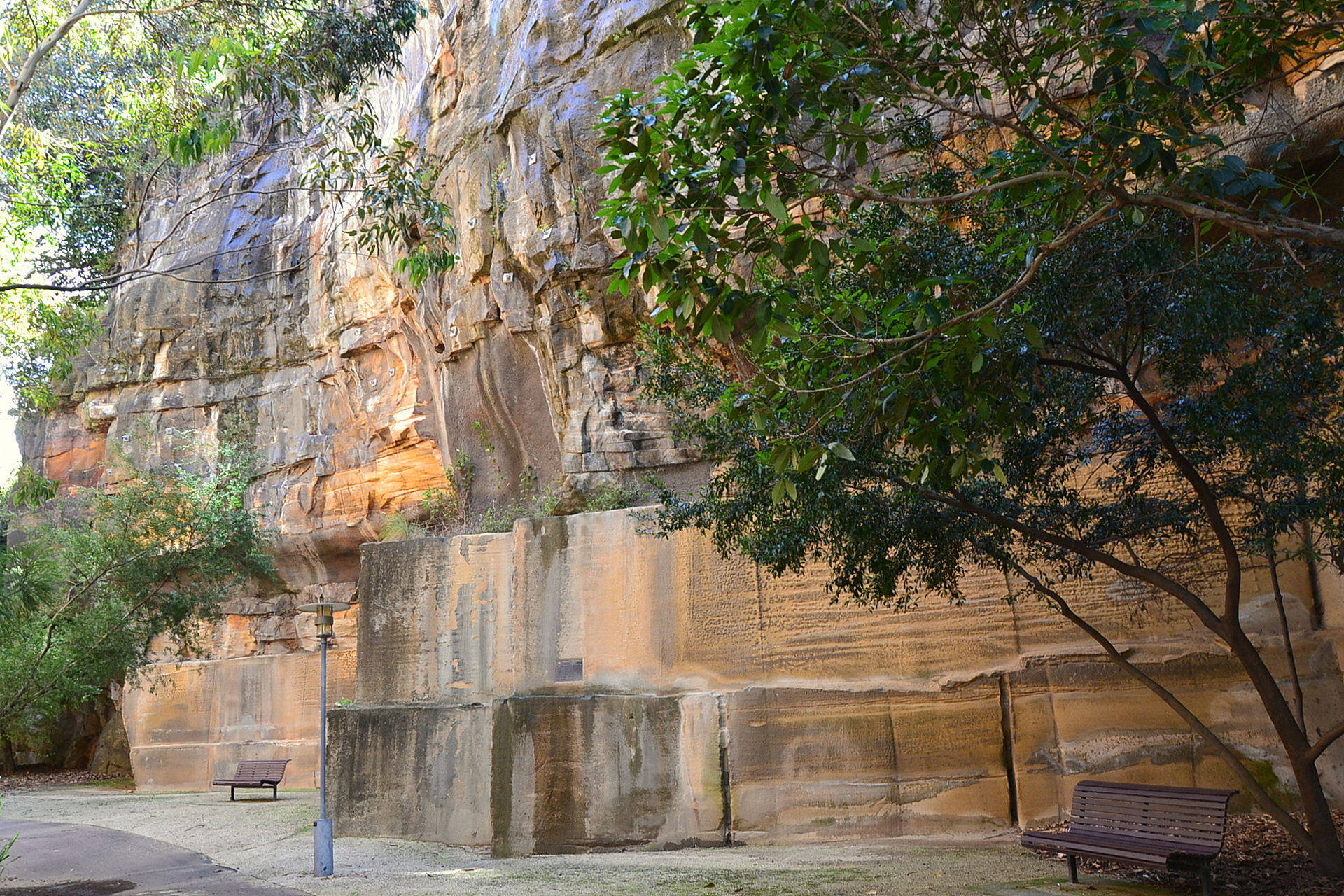
Granite is classified according to the QAPF diagram for coarse grained plutonic rocks and is named according to the percentage of quartz, alkali feldspar (orthoclase, sanidine, or microcline) and plagioclase feldspar on the A-Q-P half of the diagram. True granite according to modern petrologic convention contains both plagioclase and alkali feldspars. When a granitoid is devoid or nearly devoid of plagioclase, the rock is referred to as alkali feldspar granite. When a granitoid contains less than 10% orthoclase, it is called tonalite; pyroxene and amphibole are common in tonalite. A granite containing both muscovite and biotite micas is called a binary or two-mica granite. Two-mica granites are typically high in potassium and low in plagioclase, and are usually S-type granites or A-type granites.
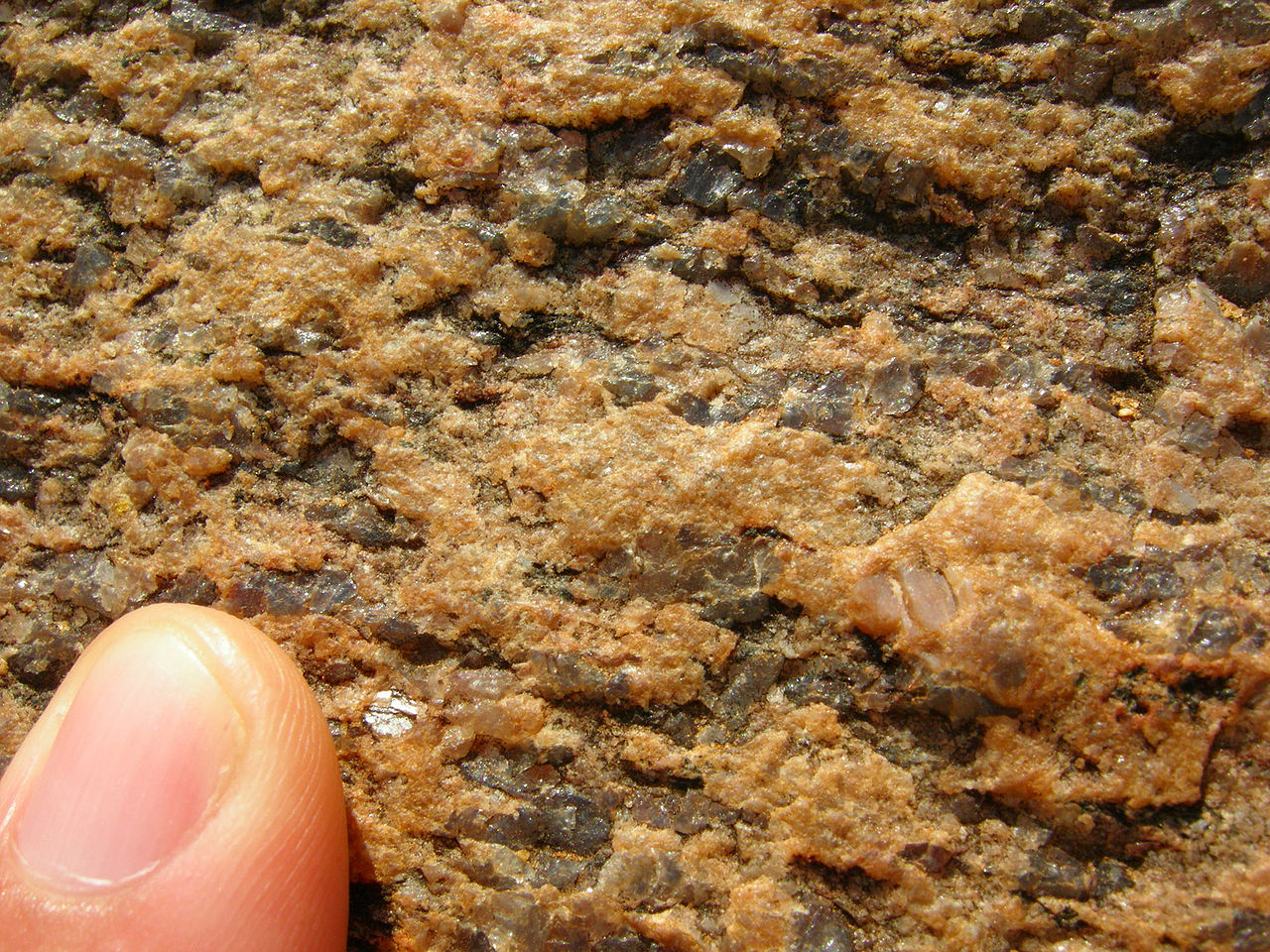
Marble is a metamorphic rock composed of recrystallized carbonate minerals, most commonly calcite or dolomite. Marble may be foliated. Geologists use the term “marble” to refer to metamorphosed limestone; however, stonemasons use the term more broadly to encompass unmetamorphosed limestone.[1] Marble is commonly used for sculpture and as a building material.

Limestone is a sedimentary rock, composed mainly of skeletal fragments of marine organisms such as coral, forams and molluscs. Its major materials are the minerals calcite and aragonite, which are different crystal forms of calcium carbonate (CaCO3).
About 10% of sedimentary rocks are limestones. The solubility of limestone in water and weak acid solutions leads to karst landscapes, in which water erodes the limestone over thousands to millions of years. Most cave systems are through limestone bedrock.
Limestone has numerous uses: as a building material, an essential component of concrete (Portland cement), as aggregate for the base of roads, as white pigment or filler in products such as toothpaste or paints, as a chemical feedstock for the production of lime, as a soil conditioner, or as a popular decorative addition to rock gardens.
The first geologist to distinguish limestone from dolomite was Belsazar Hacquet in 1778.
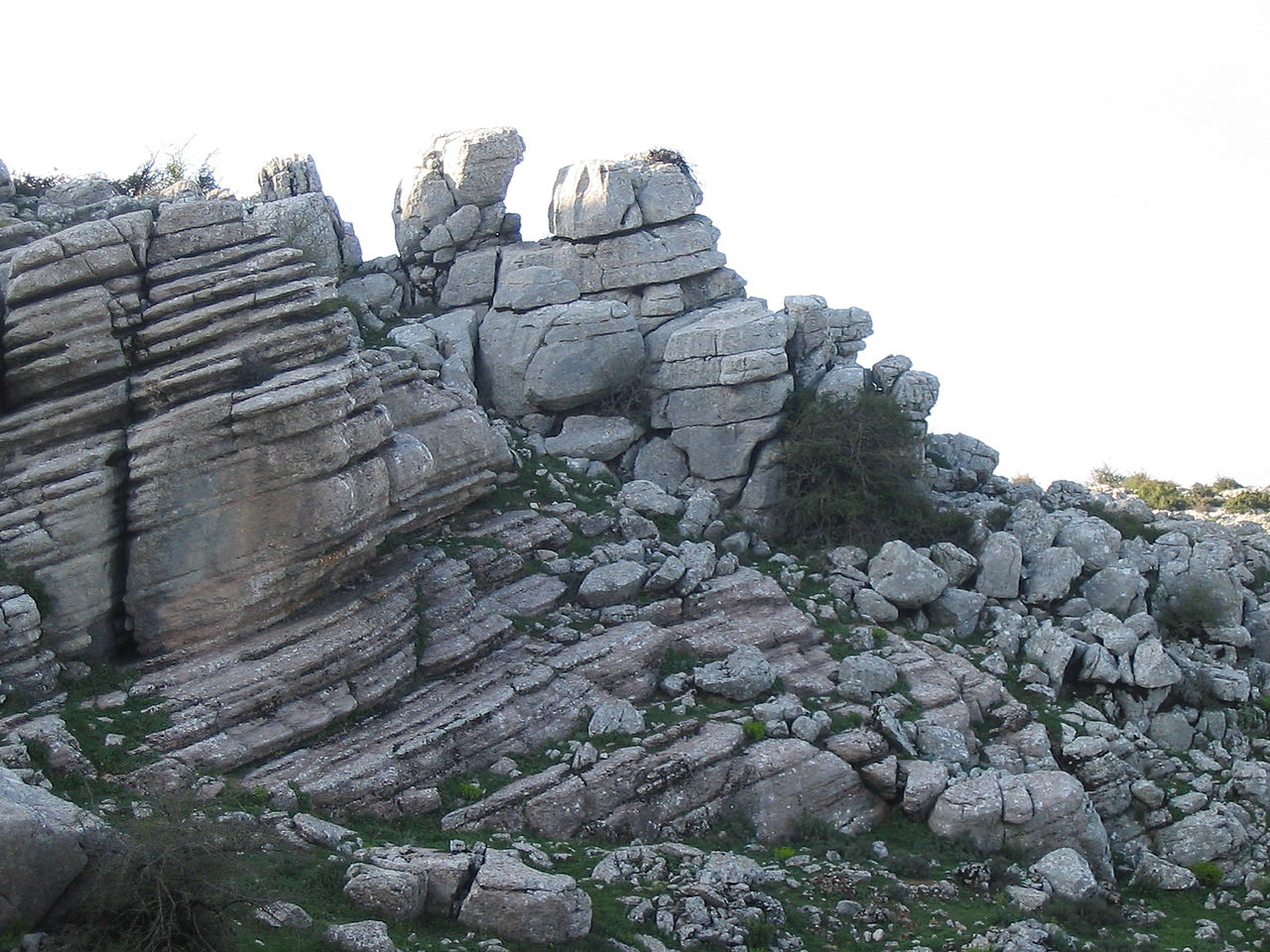
Whinstone is a term used in the quarrying industry to describe any hard dark-coloured rock. Examples include the igneous rocks, basalt and dolerite, as well as the sedimentary rock, chert.
Description:
Massive outcrops of whinstone occur include the Pentland Hills, Scotland and the Whin Sills, England.
The name ‘whin’ derives from the sound it makes when struck with a hammer. It is used for road chippings and dry stone walls, but its natural angular shapes do not fit together well and are not easy to build with, and its hardness makes it a difficult material to work. A common use is in the laying of patios and driveways in its ground/by product state called Whindust.
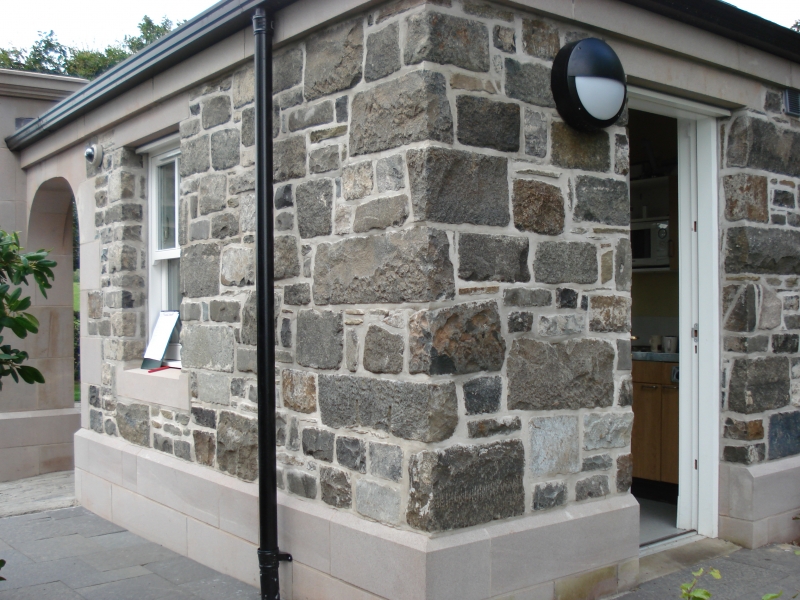
Quarry-faced stone is stone with a rough, unpolished surface, straight from the quarry. Many residential and public buildings in Jerusalem, Israel are built from quarry-faced Jerusalem stone.
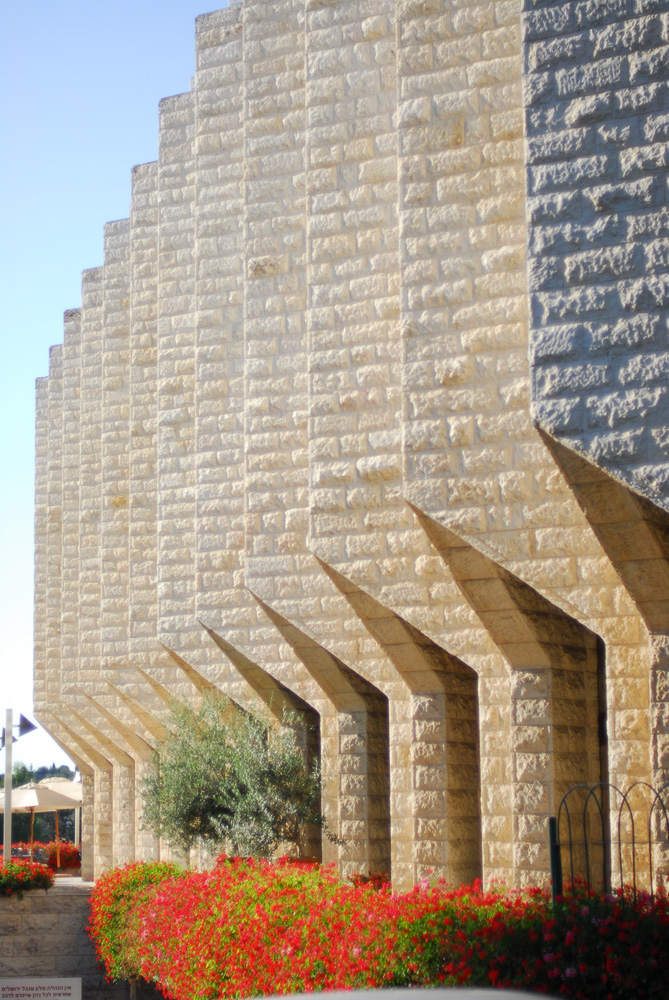

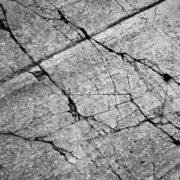


发表评论
Want to join the discussion?Feel free to contribute!